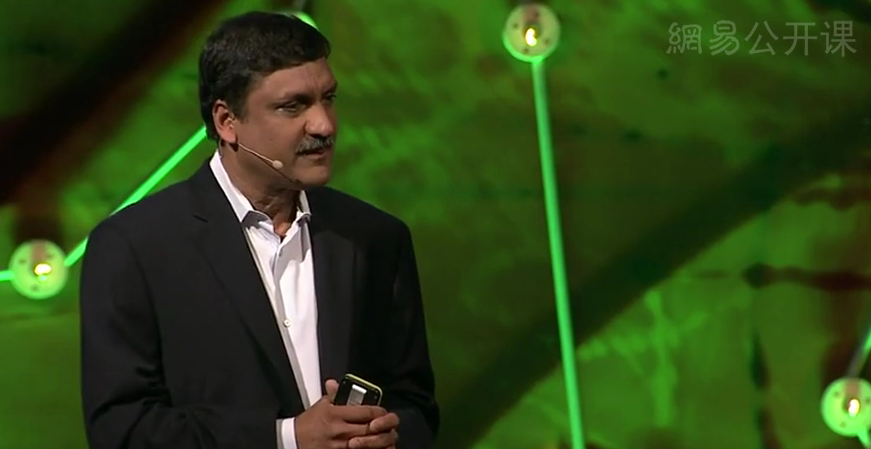So at edX and a number of other organizations, we are applying these technologies to education through MOOCs to really increase access to education.
所以在edX網站和一些其他的組織我們將這些技術應用于教育通過MOOCs,真正增加人們受教育的機會。
And you heard of this example, where, when we launched our very first course
大家應聽說過這個事例,當時我們推出了第一檔課程,
and this was an MIT-hard circuits and electronics course -- about a year and a half ago, 155,000 students from 162 countries enrolled in this course.
麻省理工學院的電路與電子技術課程,大約一年半以前,來自162個國家的155,000名學生注冊了這檔課程。
And we had no marketing budget. Now, 155,000 is a big number.
當時我們沒有營銷預算,155,000是個大數目。
This number is bigger than the total number of alumni of MIT in its 150-year history.
這個數字大于麻省理工學院150年前建校以來的校友總數。
7,200 students passed the course, and this was a hard course. 7,200 is also a big number.
7,200學生通過了這個課程,而且這個課程很難,7,200也是個大數目。

If I were to teach at MIT two semesters every year, I would have to teach for 40 years before I could teach this many students.
如果我在麻省理工學院任教,每年兩個學期,要40年才能教到這么多學生。
Now these large numbers are just one part of the story.
這些大數目都只是故事的一部分而已。
So today, I want to discuss a different aspect, the other side of MOOCs, take a different perspective.
所以今天,我想以一個不一樣的視角討論網絡公開課的另一面。
We are taking what we develop and learn in the large and applying it in the small to the classroom, to create a blended model of learning.
我們將大量拓展和學習到的知識應用在局部,到教室里來創建混合的學習模式。
But before I go into that, let me tell you a story.
但在談到那之前,我先講一個故事。
When my daughter turned 13, became a teenager, she stopped speaking English, and she began speaking this new language.
我女兒滿13歲時,步入少年時期,她講的不再是英語,而是開始說這種新的語言。











